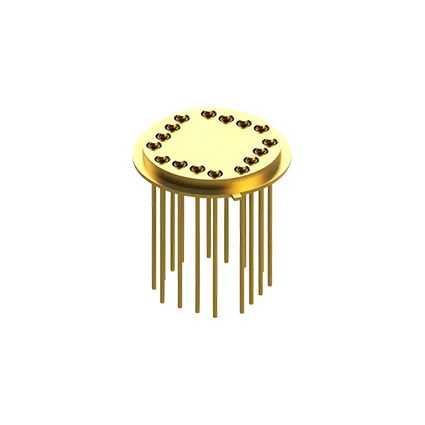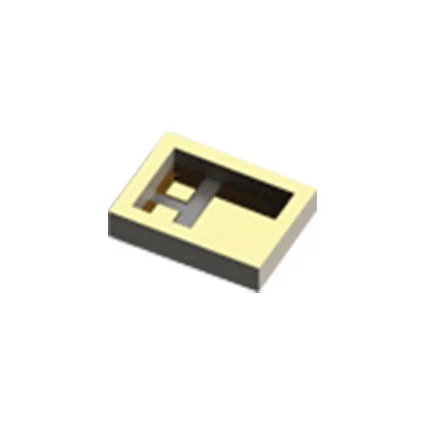
Thermal Imaging
Advanced hermetic packaging for thermal imaging applications
Applications
-
Thermal Imaging
-
Industrial & Energy
-
Medical
-
Military and Aerospace
-
Satellite
-
Sensors & Instrumentation
Imaging sensors and equipment require robust sealing technologies to protect in harsh environments. Electronic Products (EPI) manufactures various hermetic packages designed for imaging applications such as thermal imaging and Lidar sensors to meet and exceed sealing and heat dissipation requirements in the harshest conditions, from subsea to space.
Traditional glass-to-metal seals are offered in standard TO packages with headers and caps to seal sensors such as thermopiles. Incorporating a weld projection, TO packages offer a simple hermetic high-density seal to encapsulate and weld a cap and lens over the sensing element. EPI can offer custom pin configurations and lengths to create a drop-in replacement or ideal package for new designs. Thermal imaging spans industries including aerospace, medical, industrial, and commercial requirements.
Our HTCC technology and hybrid ceramic-glass packages are designed to support various wavelengths. EPI offers the ability to increase performance of the sensing element with superior heat dissipation. Multilayer circuits create a compact, robust package to transmit power and signal.
LIDAR sensing has increased in importance in automotive, commercial vehicle, aerospace, and industrial applications. EPI hermetic packages are manufactured to meet high frequency signal requirements while maintaining optimal alignment.


Partner with EPI to review your design requirements and design a solution that can increase performance, durability, and versatility. Designed and manufactured in Newburyport, MA USA, our products are made to support applications requiring domestic sourcing. Our expertise in both glass-to-metal and ceramic sealing technologies, combined with our ability to offer customized solutions, positions us as a leading partner for companies developing cutting-edge imaging systems.
Types of Components to Which We Offer Microelectronics Packaging in Thermal Imaging and Lidar Sensing:
Electronic Products (EPI) offers specialized hermetic packaging solutions for a variety of components used in thermal imaging and Lidar sensing applications, including:
- Thermal Imaging Sensors: Essential for capturing infrared radiation emitted by objects to create thermal images used in aerospace, medical, industrial, and commercial sectors.
- Lidar Sensors: Utilized for measuring distances and detecting objects by emitting laser pulses in automotive, commercial vehicle, aerospace, and industrial applications.
- Optical Components: Such as lenses and prisms used in imaging systems to focus and direct light for accurate sensing and measurement.
- Signal Processing Modules: Including power management units and signal amplifiers crucial for processing and enhancing signals in imaging systems.
- High-Frequency Electronics: Required for transmitting and receiving signals in Lidar systems, ensuring precise and reliable detection capabilities.
Our expertise extends to customizing packaging solutions to meet the stringent requirements of each component type, ensuring optimal performance and durability in diverse environmental conditions.
FAQs
How does hermetic sealing benefit thermal imaging applications?
Hermetic sealing protects sensitive thermal imaging sensors from environmental factors like moisture and temperature fluctuations, ensuring accurate and reliable infrared imaging performance in various industrial and aerospace environments.
What advantages do HTCC and hybrid ceramic-glass packages offer for Lidar sensing applications?
HTCC and hybrid ceramic-glass packages provide robust structural integrity and thermal stability necessary for Lidar sensors operating in demanding conditions. These packages enhance signal integrity and alignment precision critical for precise distance and object detection.
Can EPI customize hermetic packages for unique thermal and Lidar sensor designs?
Yes, EPI specializes in designing and manufacturing customized hermetic packages tailored to specific thermal imaging and Lidar sensor requirements. We offer solutions that optimize performance, durability, and operational versatility in diverse applications.
